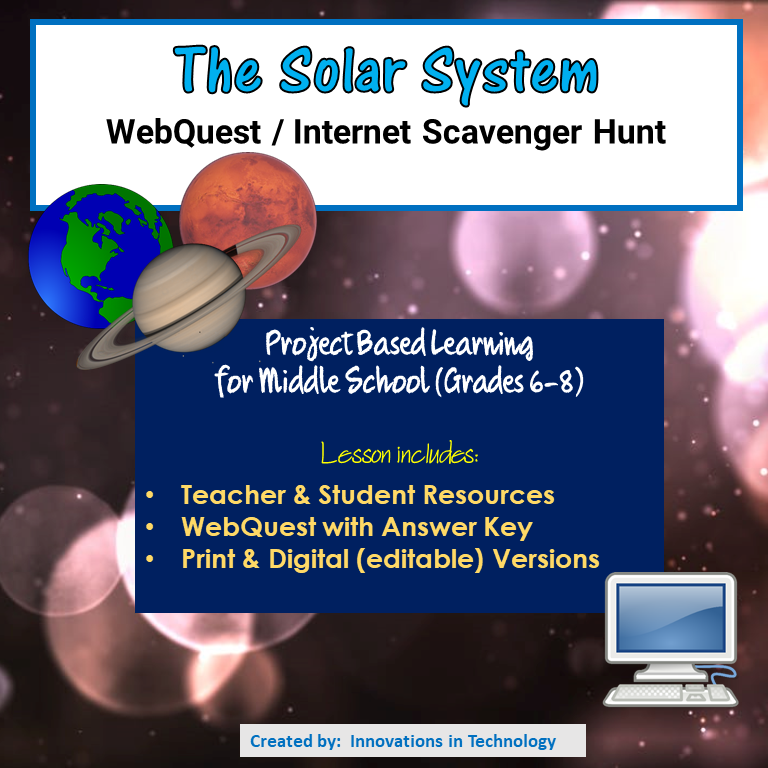


Using our National Geographic Kids’ Space primary resource sheet, pupils will learn fascinating facts about the solar system by taking a journey to the different planets orbiting the Sun. What’s the largest planet? Why does Uranus spin on its side? Which planet has a moon named Triton? What’s the difference between a planet and a dwarf planet? Discover the planets, stars, moons, comets and dwarf planets of our solar system. Even though these stars are short-lived, many of these massive stars exist and supernovae have been recorded throughout history.ģ- New technologies such as the Hubble Space Telescope have enabled us to observe stars and planetary systems forming from nebulae.This Science primary resource introduces children to the solar system. Those that are several tens of solar masses may only survive for a few million years before exploding in a supernova. Stars of ten solar masses last only ~ 0.01Gy. Evidence that Stars are Still Forming Today:ġ- The relative youth of our Sun (solar system) is one line of evidence that all stars did not form in the beginning and are continuing to form.Ģ- Modeling of stellar evolution: – our Sun may last for ~ 10 Gy.


The first fact states that one million earths could fit inside the sun and one should keep in mind that the sun is considered an average-size star, which could explain how big things are up there without us even realizing such a thing. There are some space facts for kids brought in this video to help them in adding up to their knowledge. It is important to teach the kids and let them know more about the world which they are part of and science is the most important since it gives them the chance to understand everything around them. There are some interesting facts about space and the solar system which the kids are supposed to get educated with and while we are trying to bring such information for your kids, we believe that educational videos and the storytelling technique is always considered the best for the kids to get them excited.


 0 kommentar(er)
0 kommentar(er)
